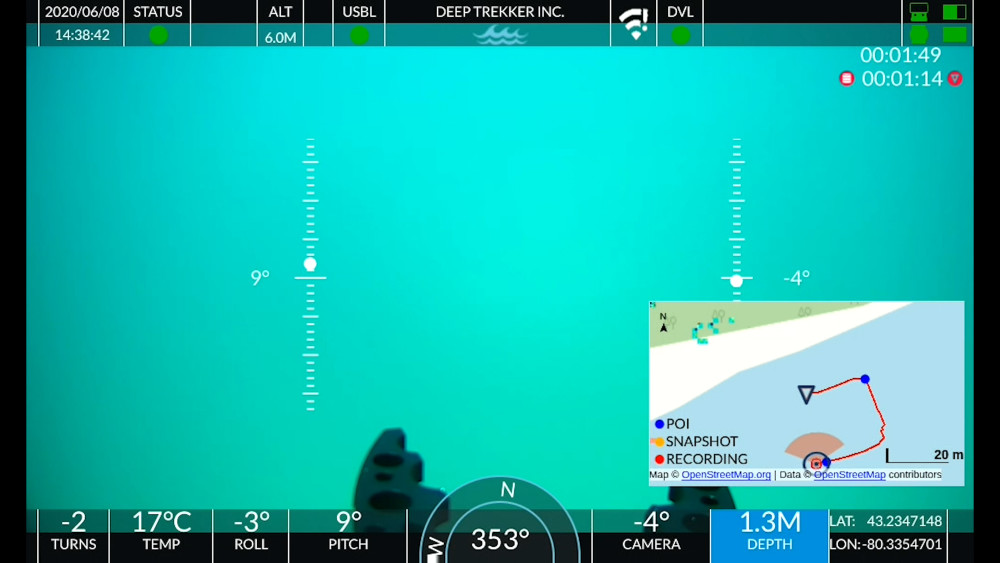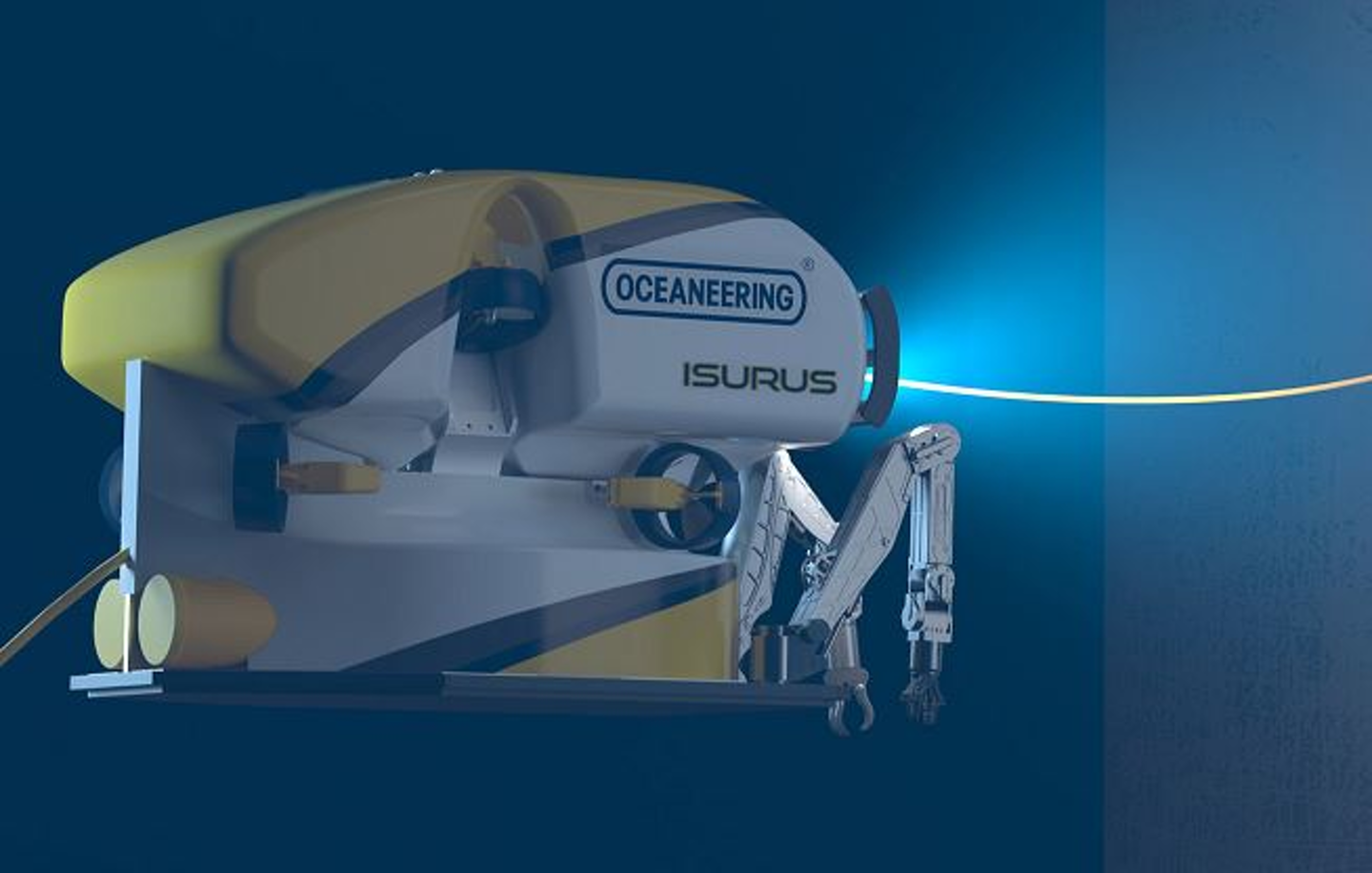Home › Forums › ROV › Self/Home Build ROV Discussions › Which electronics are pressure sensitive?
- This topic has 10 replies, 8 voices, and was last updated 15 years, 3 months ago by
Bristar.
-
AuthorPosts
-
July 18, 2008 at 2:02 pm #1658
Lemmin
ParticipantHi,
I’m designing an ROV as a home build project, and I was hoping to pick the brains of people with a bit more experience.
I’m not keen on the idea of an air-filled e-pod – I’d like the potential for my ROV to go deep without needing a thick walled box and having to rely on o-rings etc. So I’m intending to build a compensated oil-filled epod instead.
The question is, which electronic components are actually pressure sensitive? The majority of modern semiconductor components are solid state, and probably not pressure sensitive. The only components I can think of which might be pressure sensitive are capacitors – the air-gap ones and the electrolyte ones (which sometimes have a bit of expansion space in them).
Are there other electronic components that are pressure sensitive? Are there other considerations when looking at oil-filled e-pods? Unfortunately my electronic training didn’t cover the physical properties of the components!
Any help or feedback much appreciated.
LEM
July 18, 2008 at 3:54 pm #18304subseascott
ParticipantAs you’ve already said, capacitors are the main components you need to watch.If you are using a compensated JB it won’t make too much difference, providing you have a good seal as if you were to pressurize it to say 3psi then this is the pressure that will remain constant, providing you have the volume to allow you to go to the intended depth.
I’m sure the next few posts will elaborate on specific component requirements though!!!
July 18, 2008 at 4:25 pm #18305matt buxton
ParticipantSubseascott
I think you might want to re think or re stat your comment
"If you are using a compensated JB it won’t make too much difference, providing you have a good seal as if you were to pressurize it to say 3psi then this is the pressure that will remain constant, providing you have the volume to allow you to go to the intended depth. "
Because I believe that if you have a oil filled compensated JB with initially 3,4,5,6,7,8,9psi on deck then the actual pressure internal pressure relative to the surface = initial comp pressure (psi) * 0.4454 * depth (ft)
Therefore if there are any sealed electronic components (ie capacitors,diodes……or anything sealed) @ 100ft they would be seeing
5psi * 0.445454 * 100 = 222 psi trying to squish them!!!!
The trick to all this is that they only components that will be effected are ones that have sealed air pockets in them.
Sorry to ramble on a bit but it makes my hair stand up when I hear people say " its oil filled and pressure balanced so it doesnt have any pressure inside"
July 18, 2008 at 5:30 pm #18306Rons_ROV_Links
ParticipantWe were using Wago Devicenet system in oil filled boxes and from that experience I know that crystals with a metal housing can’t be used. We replaced the crystals (5x7mm) by plastic ones.
Most surface mounted device (SMD) components will work fine.
If you’re gonna use diodes choose 1N4007, they’re pretty tough and can stand the pressure.
LEDs shouldn’t give a problem.Some plastics and rubbers (as used for wire insulation) don’t like hydraulic oil, like Shell Tellus.
Sorry to ramble on a bit but it makes my hair stand up when I hear people say " its oil filled and pressure balanced so it doesnt have any pressure inside"
Correct, this is often misunderstood. Oil filled and pressure compensated means that the pressure inside the box is the same as the pressure outside the box plus the pressure of the compensator spring.
July 18, 2008 at 6:31 pm #18307Savante
Participanthave a search on this forum – think there was a similar discussion a while ago. I seem to remember Ray talking about paper filled capacitors.
July 18, 2008 at 6:32 pm #18308Savante
ParticipantJuly 21, 2008 at 2:26 pm #18309Lemmin
ParticipantHmm. Thanks for the info – sorry to duplicate post, I had a quick look but didn’t see the other thread.
I didn’t realise the metal cased crystals might be a problem, I’ll have to have a close look at them.
It looks like I’ll have to take a "try it and see" approach! Most manufacturers don’t know if their components are pressure sensitive, so I suppose I’ll have to use common sense and hope for the best.
LEM
July 21, 2008 at 4:15 pm #18310Martin Wareham
ParticipantI used a microcontroller reset switch on a PCB once with a rubber diaphragm (underneath the actual button that I hadn’t noticed) to protect the switch mechanism. Every time it got to about 10 psi the micrcontroller reset and wouldn’t come back to life 😕
Took me ages to work out what the f**k was going on 😆
July 30, 2008 at 10:33 pm #18311Lemmin
ParticipantThanks for all the info guys. Bearing all this in mind, I’m about to start soldering up the first board, a computer interface. Its came with a few capacitors, a metal cased timing crystal, some diodes and a load of push switches, all of which I shall be looking at carefully and possibly replacing!
The basic design is coming together a bit now, its pretty clear in my mind. Working to a very tight budget, I’ll have to use mainly off the shelf parts. I’m going to use a very small low power computer as the core. This will control the motors via a USB interface.
I’m planning on using brushless DC motors designed for radio controlled models, which I’ll "marinise" (horrible word) as best I can to prevent shorts and corrosion – I’ll leave them open to the water though, for cooling. The motors need electronic speed controllers, also sourced from remote controlled cars.
Electronics will be housed in an oil-filled compensated epod, as already discussed.
I haven’t settled on camera design yet – I’d like to try making an oil-filled camera, but the optics might be beyond me. Also not sure about fluxgate, depth, altitude and sonar, although the computer interface should allow for all of them. Maybe even a manipulator!
All the data will be piped down a home-made tether (I can’t afford to buy a tether cable) which will initially consist of CAT5 network cable for data, plus some power lines. Control information and sensor data will be passed along the tether digitally, and a laptop computer on the surface, with a standard gaming joystick, will provide controls via custom software.
I’ve got no provision at the moment for LIM or other safety features, so I won’t be flying anywhere sensitive, but maybe in version2….
Chassis, bouyancy, thrusters etc I’ll have to build out of whatever is laying around. I’m concentrating on the electronics at the moment partly because my training is in control systems, but also because I feel they are the most fiddly part, and if I can get them right I can fit them into different body configurations etc.
Hopefully the basic ROV will cost less than 500 pounds sterling in parts… at least, thats the aim!
If anyone has any suggestions or comments I’d very much welcome them. I’d hate to do something through ignorance that threatens the whole project with failure!
Thanks again for your help.
LEM
February 10, 2009 at 3:31 am #18312Anonymous
GuestLemmin,
you forgot the piezolelctric effect. Think about it and maybe you have an idea. I just have one, but I’m not sure if it works.
Santa
February 10, 2009 at 9:40 am #18313Bristar
ParticipantI’ve got no provision at the moment for LIM or other safety features, so I won’t be flying anywhere sensitive, but maybe in version2….
LEM
Good idea, and saltwater aint to kind to leeky electronics… freshwater is your friend!
-
AuthorPosts
- You must be logged in to reply to this topic.



